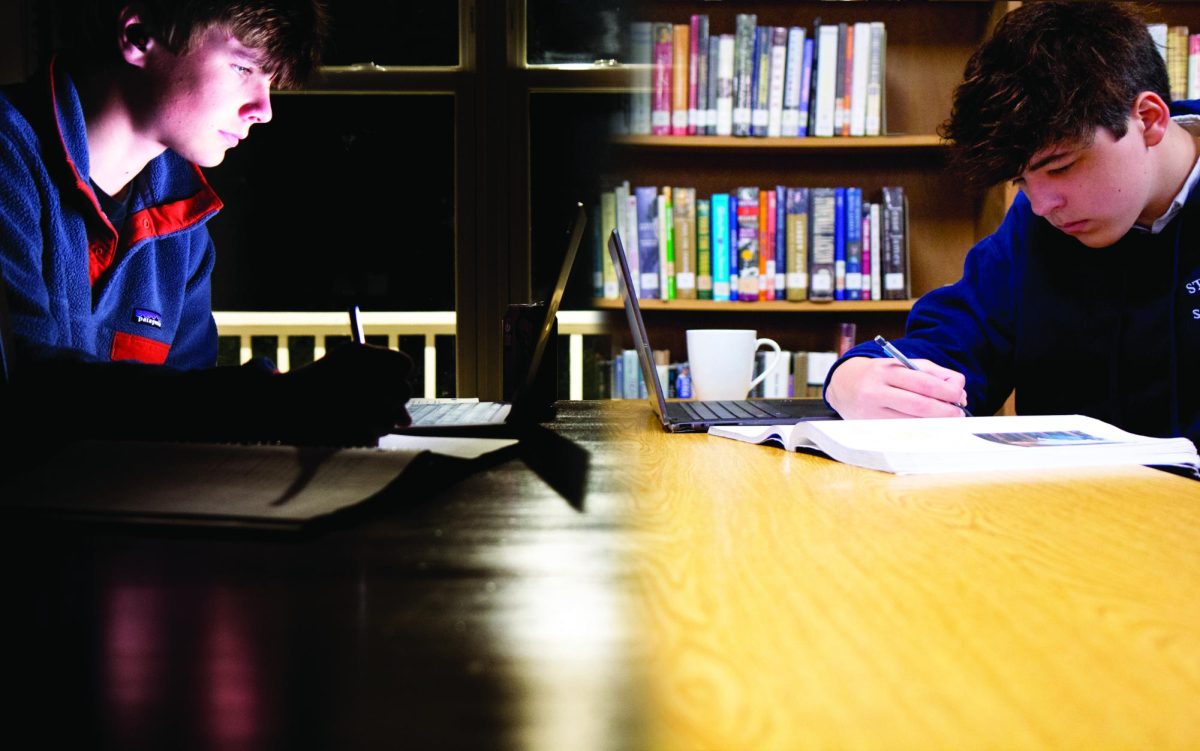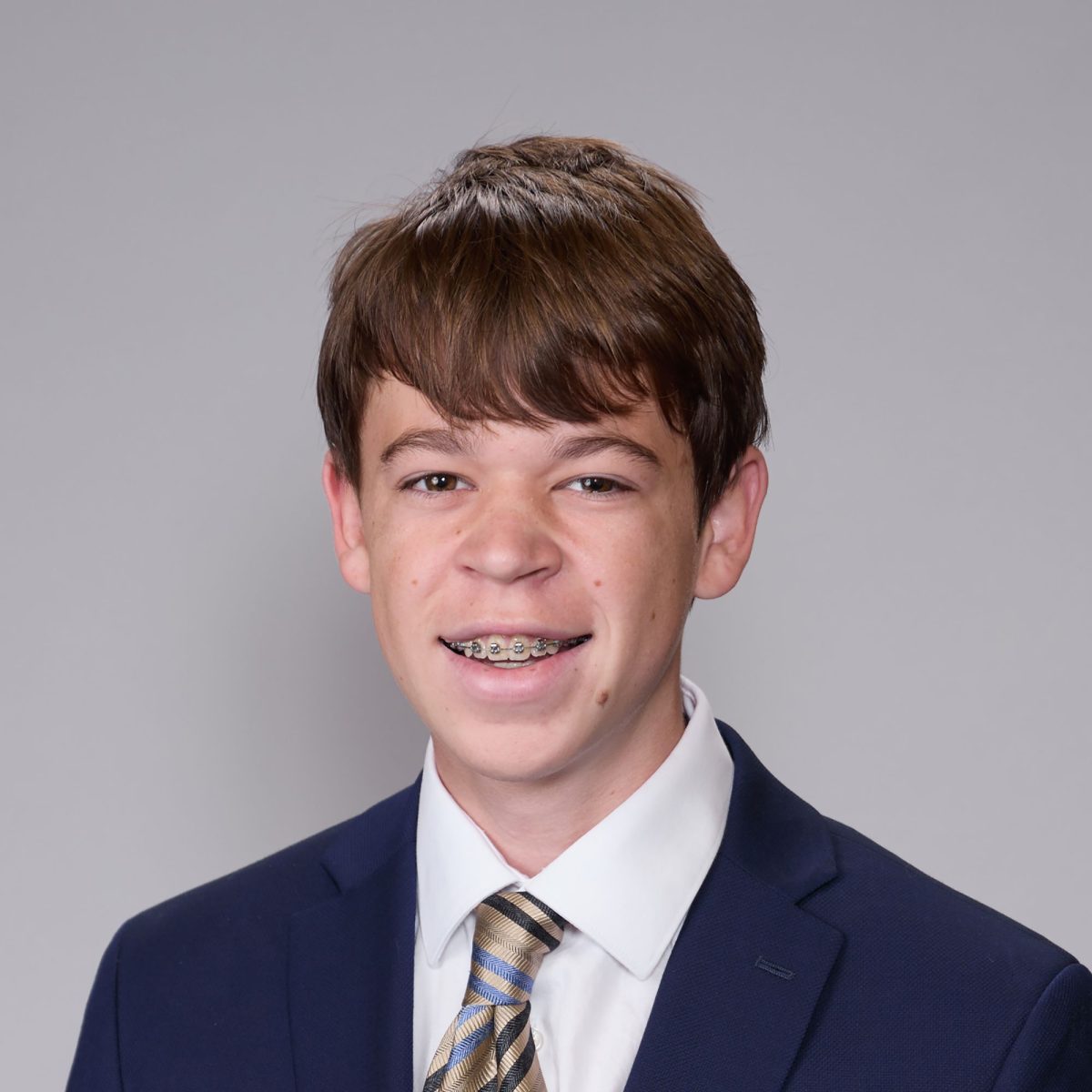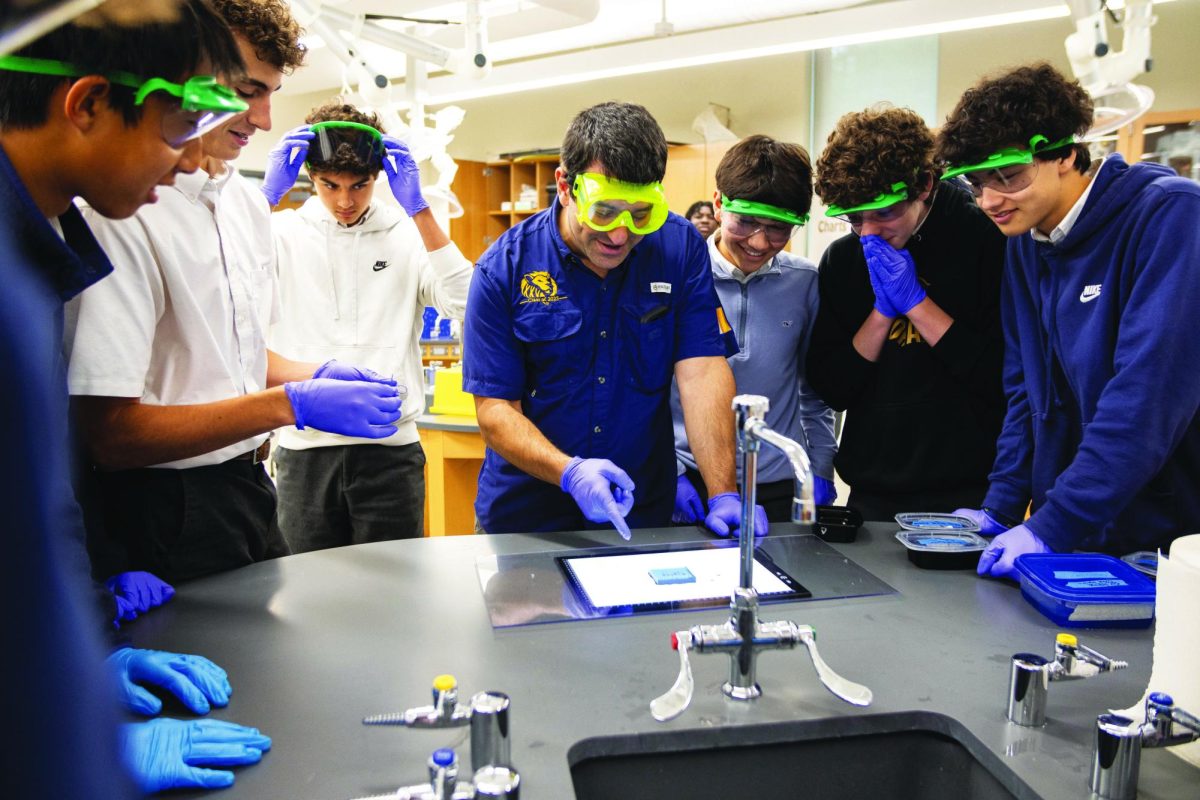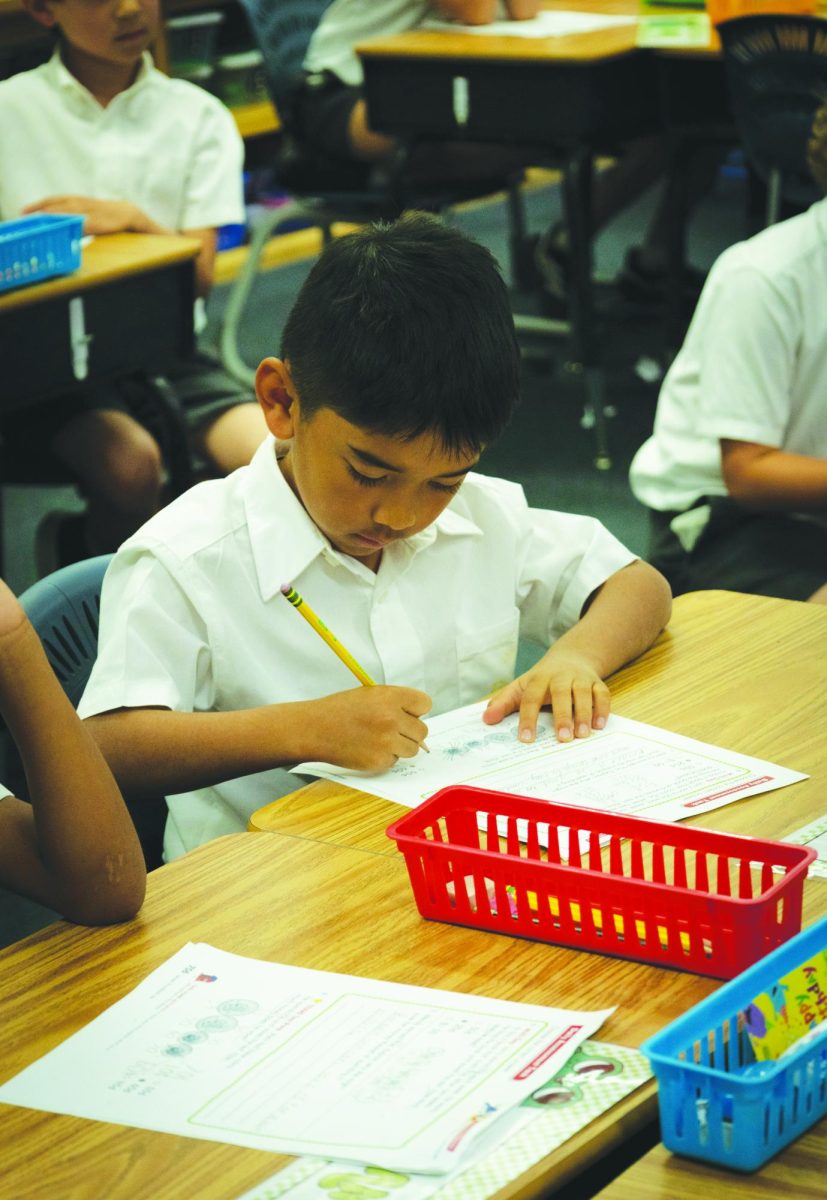When now-retired Lower School music instructor Mary Ann Livengood stepped onto campus in 1972, one of her first decisions was to start giving private piano lessons to students at school.
And for more than 14 years, her lessons were integrated into the fine arts curriculum, creating what is now the Piano Studies program. Under her careful guidance, the elective course grew into not only an opportunity for young pianists to build their skills but also a unique choice of fine art for students seeking to delve deeper into the musical world.
When Livengood stepped down from leading the program in 2003, the responsibility to continue the highly successful program fell upon piano instructors Sandy Hall and Angela Hendricks. With more than 40 years of combined experience teaching at the school, the pair’s leadership and ability led to an increase in student interest.
“We’ve historically had to turn away between 25 and 30 students every year,” Hendricks said. “We don’t have the teachers necessary to accept every student.”
A typical piano student meets with either Hall or Hendricks for one 45-minute long private lesson out of every eight-day rotation. The curriculum taught follows requirements set by the National College of Musicians and the National Guild of Piano Teachers, and covers pieces from the Baroque, Classical, Romantic, contemporary, jazz and popular eras, as well as basic skills such as music theory and sight reading.
Normally, an Upper School piano student will earn a full fine art credit over the course of four years of instruction. But starting next school year, new piano studies students will no longer be able to earn fine arts credits solely through the program.
For Anthony Vintcent Fine Arts Department Chair Marion Glorioso-Kirby, the decision came about as a result of many other developments, such as the schedule change during the 2021-2022 school year. Since the weekly schedule was changed to an eight-day rotation, total lesson time was heavily reduced.
“At that time, we removed piano studies from the course catalog as a credit for middle school,” Glorioso said. “Because even over the course of one year, the amount of time (a student spent) in a chair wasn’t even remotely close to that of a semester-long fine arts class.”
Despite the time gap, Glorioso and the fine arts department decided then that Upper School students would still continue to earn fine arts credits from the four-year-long program.
But this year, with Hall’s retirement, the program is at a crossroads. Previously, because of the lack of available facilities and instructors, not every student who applied to take the piano studies program could be accepted, though the disparity was workable. Increasing class sizes, however, have changed that.
“Right now in the current model, we can accommodate every Upper School student who wants to take, (for example), ceramics,” Glorioso said, “but we cannot accommodate that for piano.”
Additionally, the uniqueness of the program has contributed to its potential unsustainability.
“The private lessons are outside of the norm of what we do with the fine arts department,” Glorioso said. “Since the 1980s, our campus has changed a lot. The size of our campus and the number of students (have changed), so sometimes the thing that was created 40 years ago no longer fits in the model of this school.”
This change will only apply to new piano students, however; current piano students will be able to continue taking classes for a fine arts credit. Moving forward, Hendricks will continue instructing students and is hopeful that some of the issues with the current program can be resolved.
“Maybe 15 years from now, there’ll be a new fine arts building, which will let us fulfill the needs of all the students,” Hendricks said. “They might hire another person and move us, and then we’ll be incorporated back.”
For some students, the credit changes are disheartening.
“I think the loss of a fine art impacts (school) culture negatively,” freshman Gregory Cunningham said. “And the loss of the piano program is a loss for every student who enjoys the beauty of music.”






